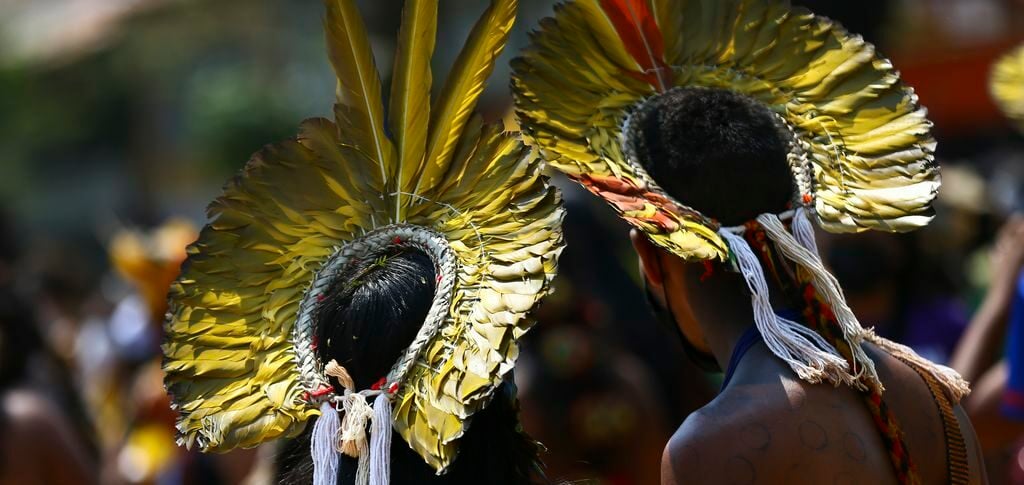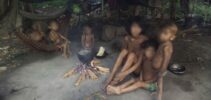Fiocruz: compiled of research, studies and actions on indigenous health

According to one of the surveys compiled by Fiocruz, indigenous children are 14 times more likely to die from diarrhea. This risk is 72% higher for black children compared to white children.
ADVERTISING
Another study carried out in partnership with Unicef analyzed 304 children under five years of age (80 from Auaris; 118 from Maturacá; and 106 from Ariabú). The data showed that 81,2% of them were short for their age (chronic malnutrition); 48,5% were underweight for their age (an indication of acute malnutrition) and 67,8% were anemic.
Due to this serious situation, a project coordinated by researcher Paulo Basta, from the Sergio Arouca National School of Public Health (Ensp/Fiocruz) will examine the quality of water samples for human consumption in villagess, with the aim of reducing the incidence of diseases and infant mortality.
More about indigenous infant mortality
In 2018 and 2019, doctor and researcher Sérgio Arouca National School of Public Health (Ensp/Fiocruz) Paulo Basta conducted a study that investigated the effects of this devastation on the nutritional health of children under five years of age in two regions of Yanomami land: Awaris, in the extreme north of Roraima, and Maturacá, in São Gabriel da Cachoeira, in Amazonas.
ADVERTISING
The results revealed that, of the 350 children evaluated, 80% were stunted for their age, 50% were weight deficit for their age (due to acute malnutrition) and 70% were anemic.
Now, as a result of the research, the team's mission is to create, together with the community, a drinking water supply system to combat cases of diarrhea, dehydration, malnutrition and child mortality.
These and other surveys are available on the Fiocruz website.
ADVERTISING
Devastating mining
“When mining enters indigenous land, its first step is to cause deforestation, the destruction of vegetation cover. They dig holes, divert the course of the river, make those huge pits to try to remove the ores and gold. This promotes a process in which large animals, mammals, paca, tapir, which are preferred hunting foods for indigenous people, flee (when they are not slaughtered by the miner themselves)”, reports the doctor and researcher National School of Public Health Sérgio Arouca (Ensp/Fiocruz) Paulo Basta.
He adds in his study that: “In turn, the mercury used contaminates the river, leaving fewer fish; the area of devastation reduces arable land, so the area for you to farm in the community becomes increasingly restricted. This promotes food insecurity for this population and this is where the issue of malnutrition begins. There is a lack of food, there is really a lack of food in this scenario.”

Einstein Agency highlights historical threats to indigenous peoples
Also on this National Day of Struggle for Indigenous Peoples, Agência Einstein de Notícias brought reports and information from researchers trying to understand and map the diseases that affect indigenous populations in Brazil.
ADVERTISING
Nurse Eliseth Ribeiro Leão, a researcher at Einstein, and her colleague Elaine Barbosa de Moraes, studied the Yanomami region for a pioneering study on how different indigenous groups in the Javari dealt with body or headache pain in the past decade.
“We went to all the places linked to Dom and Bruno’s case. Sometimes, when talking, we even ask ourselves 'Wow, were we really there?'. Because that’s the feeling we have: it feels like another place, another country”, she says.
The researchers' work showed that the prevalence of low back pain is almost three times higher among indigenous Amazonians than in the Brazilian population as a whole, while the prevalence of headaches is almost twice as high.
ADVERTISING

See also:




